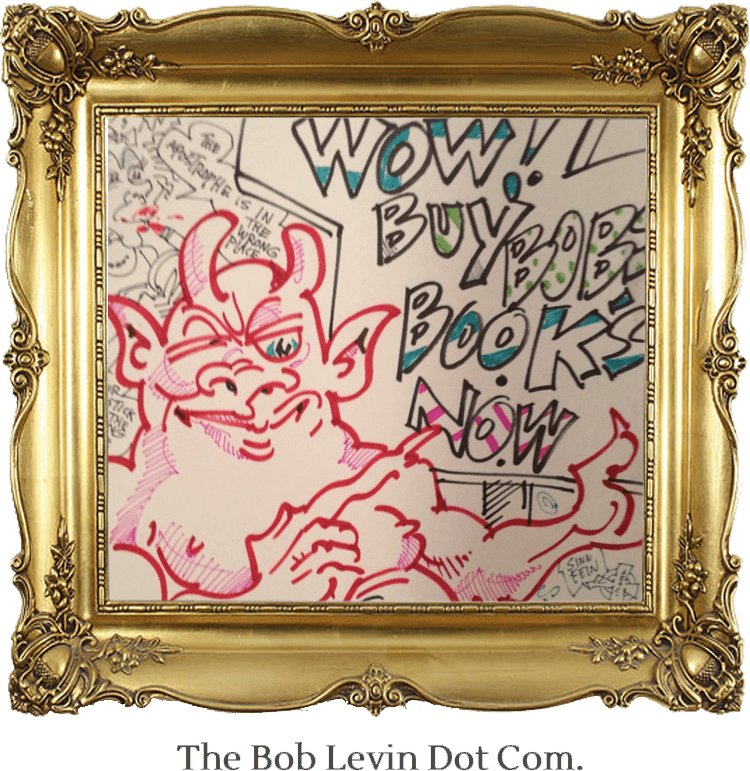But before we leave the autopsy, there’s the tale of Lt. Cmmdr. William Pitzer of the Audio-Visual Department of the Naval Medical School, who, Douglass says, filmed it. This story is based on the recollection of Pitzer’s wife, recounted in a book published forty-one years later, that he had left home at 4:30 p.m. the afternoon of the assassination for work, taking his camera, and did not return until the following afternoon. He never told her where he’d been, but Dennis David, a hospital corpsman, in Douglass’s reconstruction, provides the details. David said that, a few days after the assassination, Pitzer showed him film of Kennedy’s body shot during the autopsy which showed an entrance wound in the throat. No one else is known to have seen this film.
On Oct. 29, 1966, Pitzer was found dead in his studio from a gunshot to the head. FBI and naval investigators concluded he had committed suicide. (He was in a troubled marriage and having an affair.) David believed Pitzer was killed to keep him from releasing the films. Now David has credibility problems. He’d suggested in 1988 that he had been present when Pitzer had filmed the autopsy, though he’d said in 1977 he hadn’t been in the room; and he’d not mentioned until 1997 that he had actually seen the footage. (Another problem was that no one at the autopsy recalled seeing Pitzer there; and the official list of those in attendance did not include his name. Douglass gets around this by saying that since the room contained a closed circuit TV camera, Pitzer may’ve been monitoring the scene elsewhere, and got his films from there. But then why did he need his camera when he left home, huh?)
Oh, maybe, that was because Pitzer filmed Kennedy’s corpse, not at Bethesda, but at Walter Reed Hospital, where it had been taken first so that the bullet wounds could be surgically altered. This theory shows up in one of Douglass’s endnotes; and its source is again Dennis David based upon his recalling a sighting of a mysterious gray casket being delivered to the rear of Bethesda a half-hour before the official bronze one, supposedly bearing the president, arrived at the front door.
(Hey, here’s a thought. Maybe when Pitzer left home without saying where he was going, it was to ball his mistress, and the “work” and camera was a cover-story. Anyone think of that?)
Readers will not be surprised to learn Douglass believes David about Pitzer. After all, Douglass has Daniel Martin to rely on too.
Martin was a Born Again, ex-Special Forces officer, who surfaced in the early 19990s after having seen a documentary in which Pitzer’s death was discussed. This reminded Martin of a CIA-influenced training program for assassins he had attended in 1965 at Fort Bragg. There, he had not only learned that the Company had probably killed Kennedy, but he and a fellow Green Beret, David Vanek were solicited to kill Pitzer. Martin refused; but after learning about Pitzer’s fate, he assumed Vanek had accepted the job, and when his efforts to locate Vanek were unsuccessful, he assumed the CIA had killed him to assure his silence.
According to Victor Bugliosi, two conspiracists, Robin Palmer and Allen Eaglesham, spent a decade trying to verify Martin’s story. When Vanek was located, he denied knowing Martin, or being at the training session he described, let alone killing Pitzer. Douglass notes this but adds, “Vanek was apparently well-versed in CIA-cover stories.” (Right! Like “I never heard of the guy.”) Douglass does not say that, following these denials, Martin became evasive, contradictory, and refused to confront Vanek on the phone. Palmer and Eaglesham concluded Martin was a liar and warned the conspiracy community against him.
Douglass seems not to have heard this warning.
